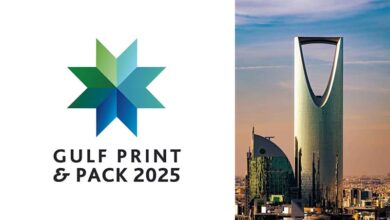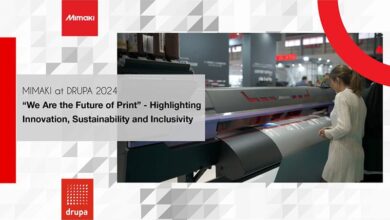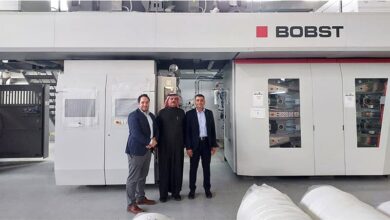Dr. George Nubar Simonian: “The Future is Digital”
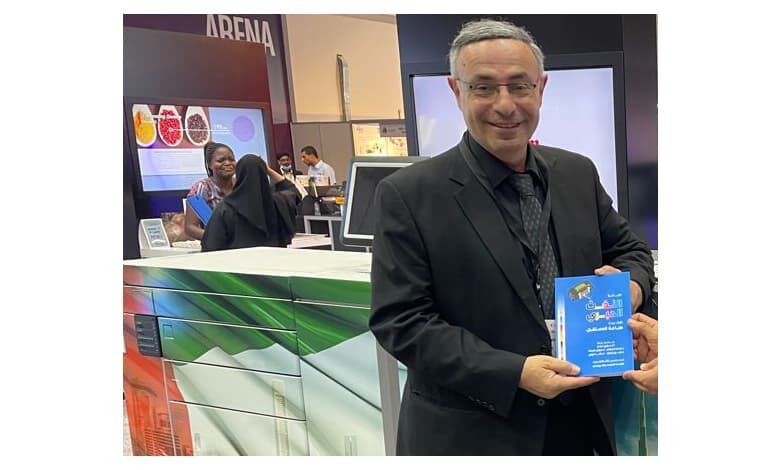
Digital printing was introduced to the world since the beginning of the nineties, a revolutionary development that changed the course of the industry. Dr George Nubar Simonian, Dean of the Faculty of Design & Creative Arts, Ahram Canadian University, is perhaps one of the most ardent proponents of digital printing.
Dr Simonian, former acting dean of Helwan University’s Faculty of Applied Arts, has taken upon himself the mission to introduce innovation in the industry through his studies and teachings and written several books on the topic.

ME Printer caught up with him at the Gulf Print & Package (GPP) 2022 in Dubai to elicit his views on the latest technological developments in the printing industry as well as to know more about his latest book ‘Inkjet Printing: Future of Printing’
Excerpts from the interview:
You were the first expert in Arab world who wrote a book in Arabic about digital printing way back in 2000. Now what is the subject of new book and why you decided to write this book?
This book is my 14th. As you said, the other book, in 2000, was on digital printing back in 2000. It was the first Arabic book on the subject. That was much before others thought digital printing.
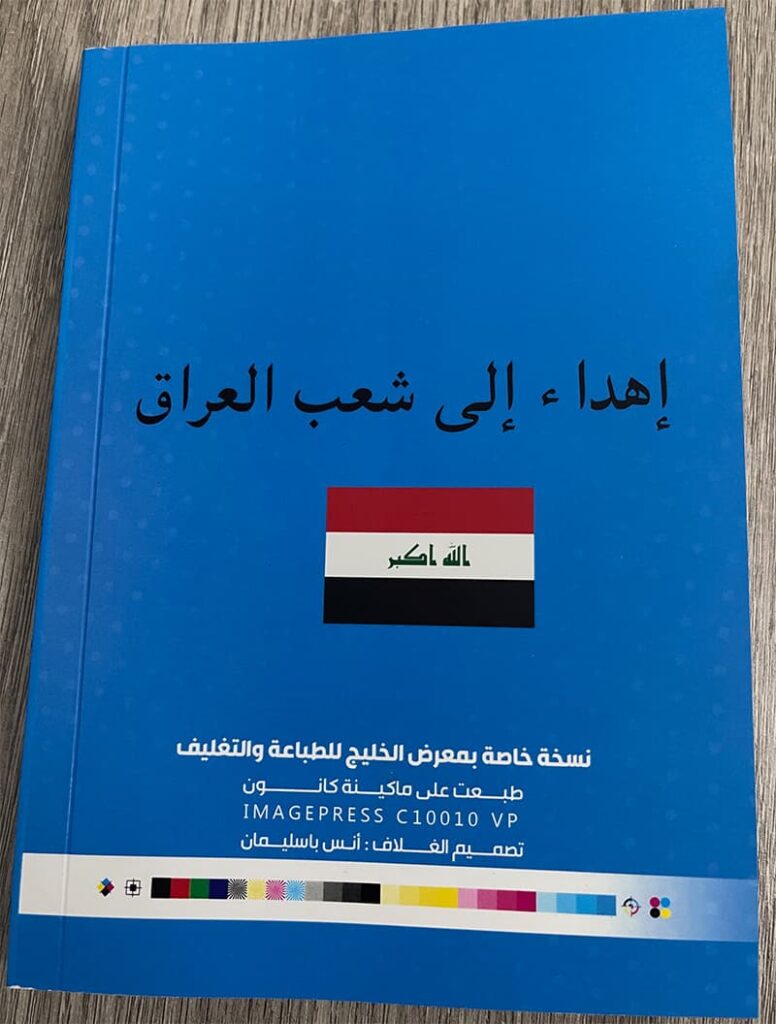
Now, for this book, I am passionate about inkjet printing and that’s why we titled the book ‘Inkjet Printing: Future of Printing’. I am convinced that the future of printing is inkjet, because there is no pressure, no impact, no plates or pre-press processes. The important thing is that it is jetting ink, you can jet it from anywhere and on any material, especially with UV curing inks you can print on any surface.
We are proud and honoured to have the permission of the legendary Frank Romano to include data from his book in this book.

How it all started, much before others thought about digital?
I went to London for my PhD in 1997. That was the time digital technology was emerging. My thesis was about offset and ISO standards and comparison between offset and digital. On the practical side we had one digital file, which was a test file, and it was outputed in the UK on 18 different digital printers with the same file. We compared the visual quality, laboratory quality and colour in 18 digital systems and offset to see the difference. The result was amazing.
What inspired you to write the book?
It was the market need and I wanted to do something new. Everyone was talking about digital in 1995. And by 1998 everyone was convinced that it will be the future.
I am very happy and proud that I was among the first people who talked about digital and I wrote the book. I did not take any remuneration as Canon sponsored and printed the book. Although I was not rewarded monetarily, I was invited to many seminars, lectures, exhibitions and training courses to talk about the new technology.

Who are you targeting with this book: the industry, the innovators, the printing presses or students?
First of all, for our students in our universities, because they need to know the latest. We felt that at the end of the day digital will dominate the print space and this is the future. Today’s printer recognizes that it (digital) is simple, easy and quick and without any cylinder or plate, you can have high quality print.
The book is meant for printers also, because offset printers should know the potential for the future.
Was the industry prepared or ready for digital?
When I went to Cairo for an exhibition in 1999, I happened to enquire from the participants about their awareness of digital printing. Everyone thought digital printing is something that copiers do , and not produced in a printing press. The market was not mature enough in the beginning as it was the infancy of digital. Ten years later, in 2010, everybody had fair knowledge about digital printing. Now, in 2022, it is much more matured.
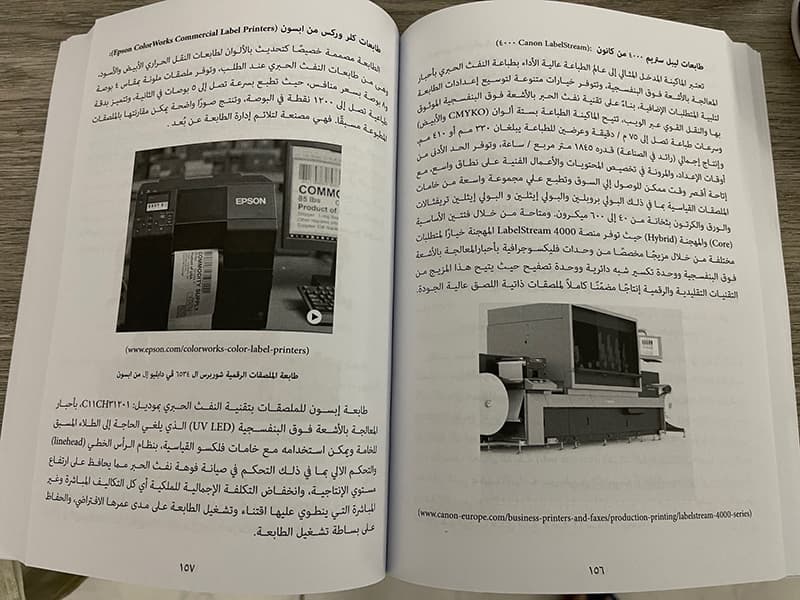
How relevant is this book for the industry?
We are not biased to any technology. This is a neutral book about everyone, all the printer manufacturers are looking for precise drop positioning. In offset we are using more DPI to give the impression of half-tone dots, the dark areas and highlight areas etc., but in inkjet they are using ink volume.
We are talking about water-based inks, and not solvent based, with the UV curing system, which is the future.
This book talks about something called NPI (nozzles per inch). The printing industry has been using DPI (dots per inch) or LPI (lines per inch) in offset. Now in inkjet you have to use NPI also. For example, in inkjet printing machine, when you use 600 NPI, in effect it is equivalent to 1200 DPI, meaning sharper and clearer pictures.
How advanced is print education in our region?
The most advanced two countries in printing education are Egypt and South Africa. In Egypt we have PhD level, so we have 13 faculties for design and graphic arts.
Is your book a reference book for students?
Though this is not a textbook, they can use it for reference. We are aiming at increasing the awareness of people in the Arab countries about inkjet technology because we feel that is the future.
How far companies like Canon contributing to the development of printing education?
We started with some companies such as Xerox, Canon and HP. First of all, they are imparting training to the students. It is a win-win for the companies and students, as the students will become tomorrow’s printers, and naturally they will prefer the products of the companies they were trained in.
The companies also give opportunities to post-graduates as working trainees.
Is there any collaboration between universities and the industry?
Experts from the companies come to our universities to give lectures, participate in seminars and distribute catalogues, samples, especially for designing.
How can we raise awareness about the value of print among the new generation?
First of all, like what they did in the UK, start with schools. Children love print, so you have to give them the right image of print. I feel young students are reluctant to go to the print industry because they think there are huge machines, full of oil, ink and grime on the floors. But we have to give them the new image of the printing industry with all this digital application, the compatibility with mobile apps with printing and online printing.
How do you see the state of the graphic arts industry in this region?
The new generation will change the printing industry, as they are more ‘electronic generation’. It is easier for them to adapt the technologies to the graphic arts. The new generation is going this way. We have to educate them and instill in them the awareness that printing is not dying, but it is changing and transforming and you cannot live without printing.
How can we change the traditional mindset of printers in the region?
Encourage them to embrace new technology and processes. This we started with the cooperation of companies, universities and industry bodies. Otherwise you will not succeed. Companies are spending millions of dollars for R&D and are promoting themselves.
All said and done, what do you prefer: Litho to digital or digital to litho?
Printing deserves more than what is it now as printing is the only industry that is serving all industries.
And… the future is ‘litho to digital’

